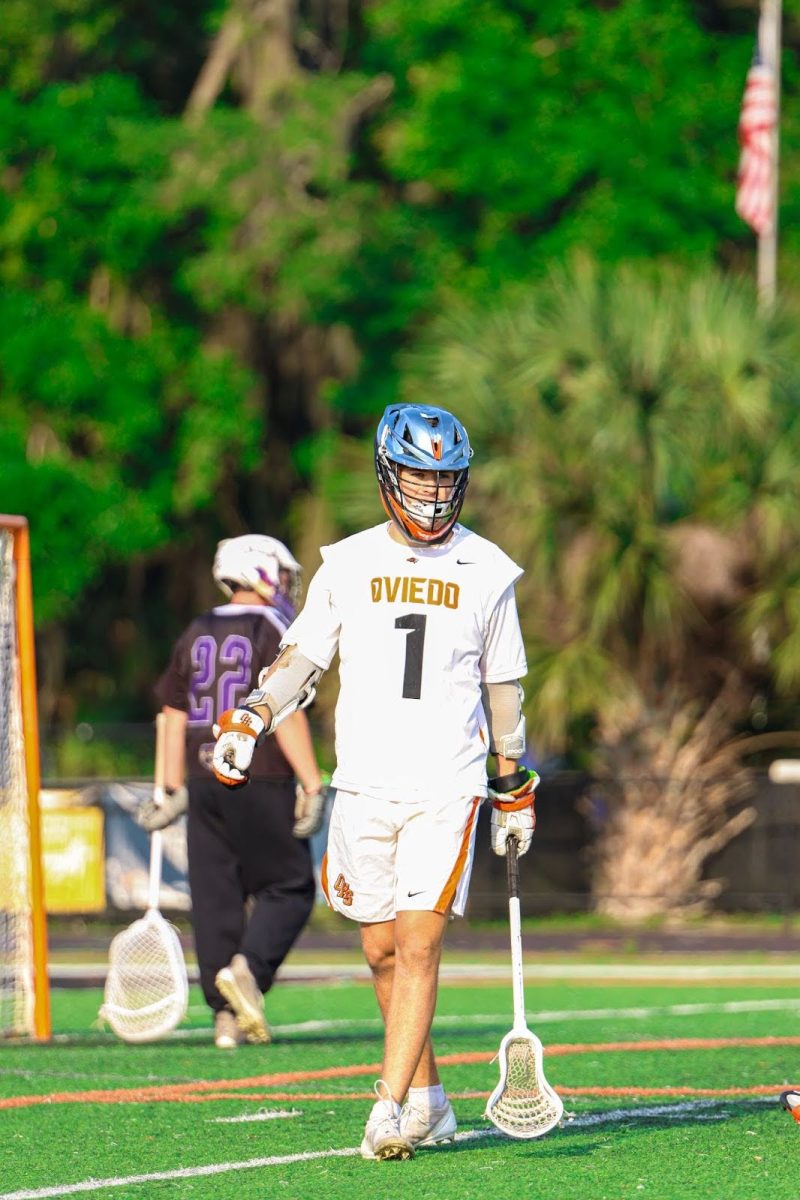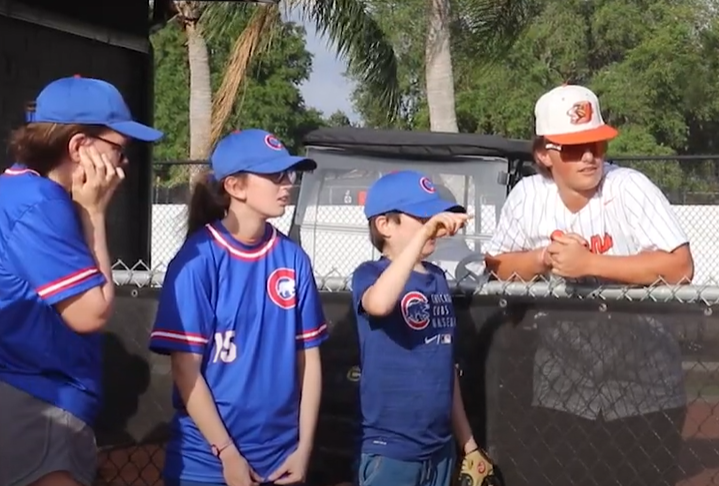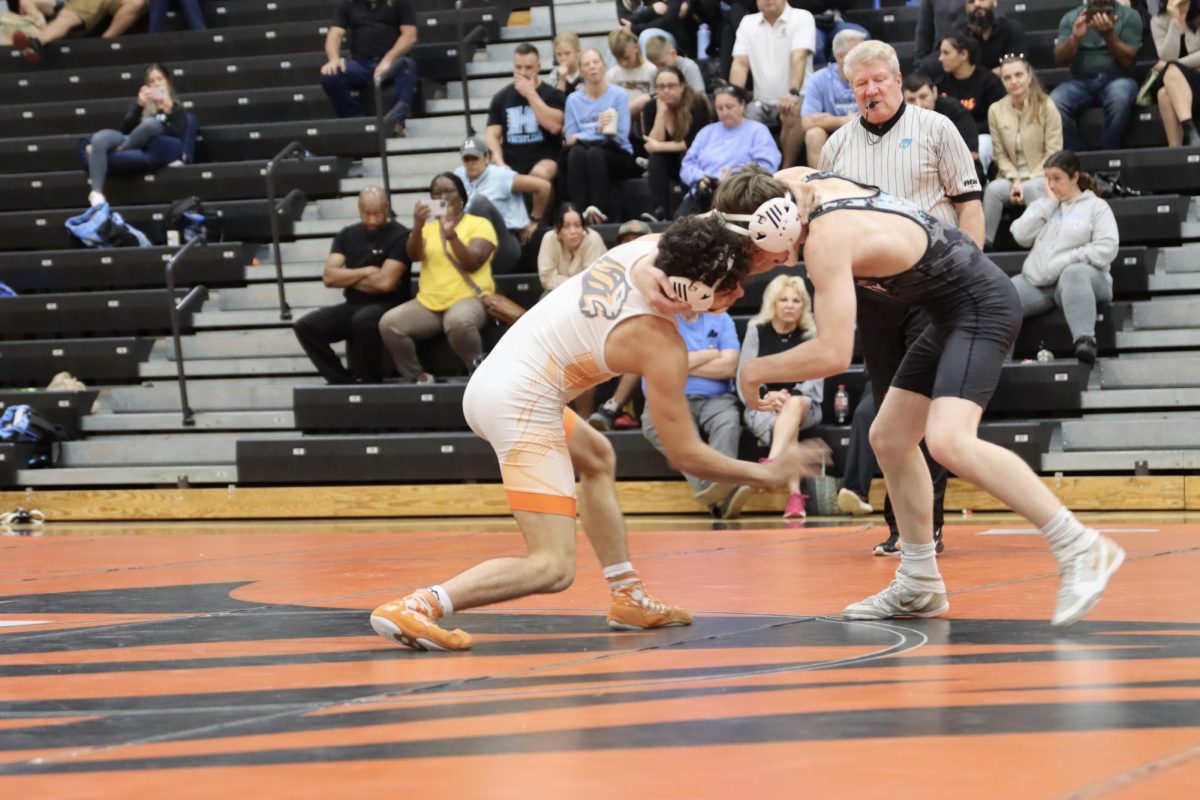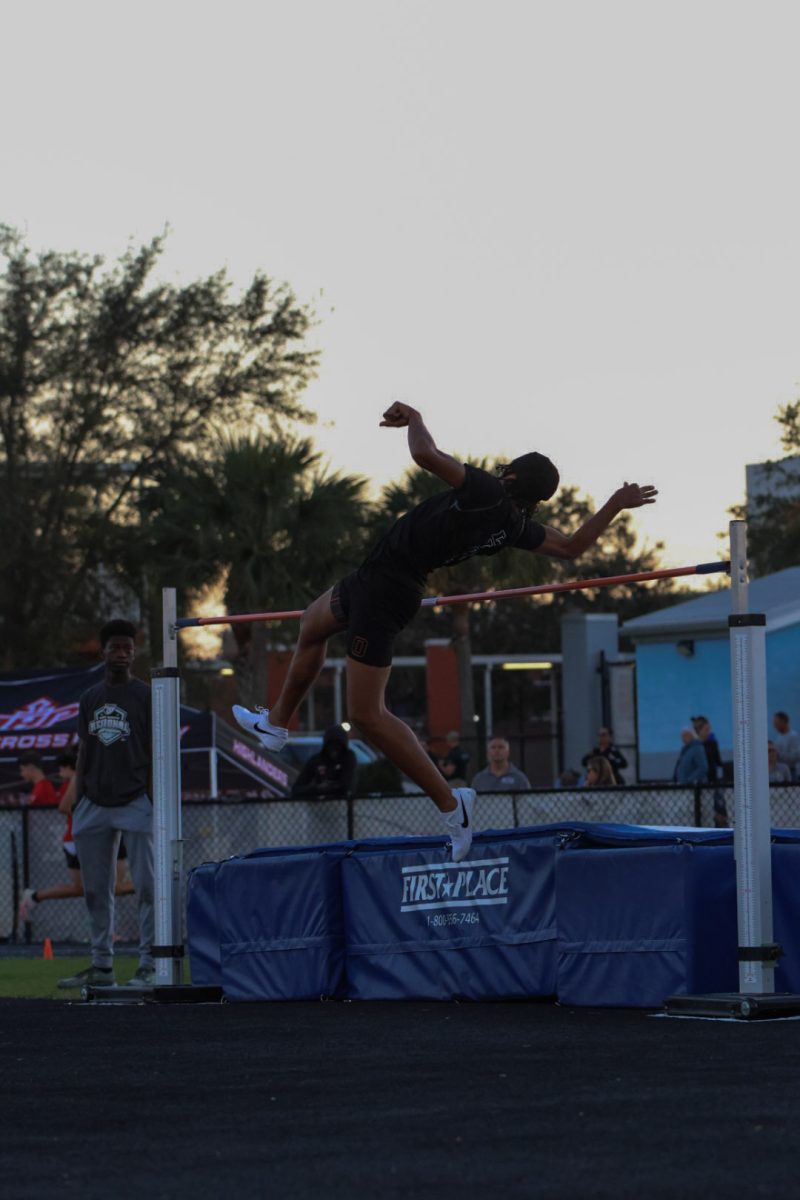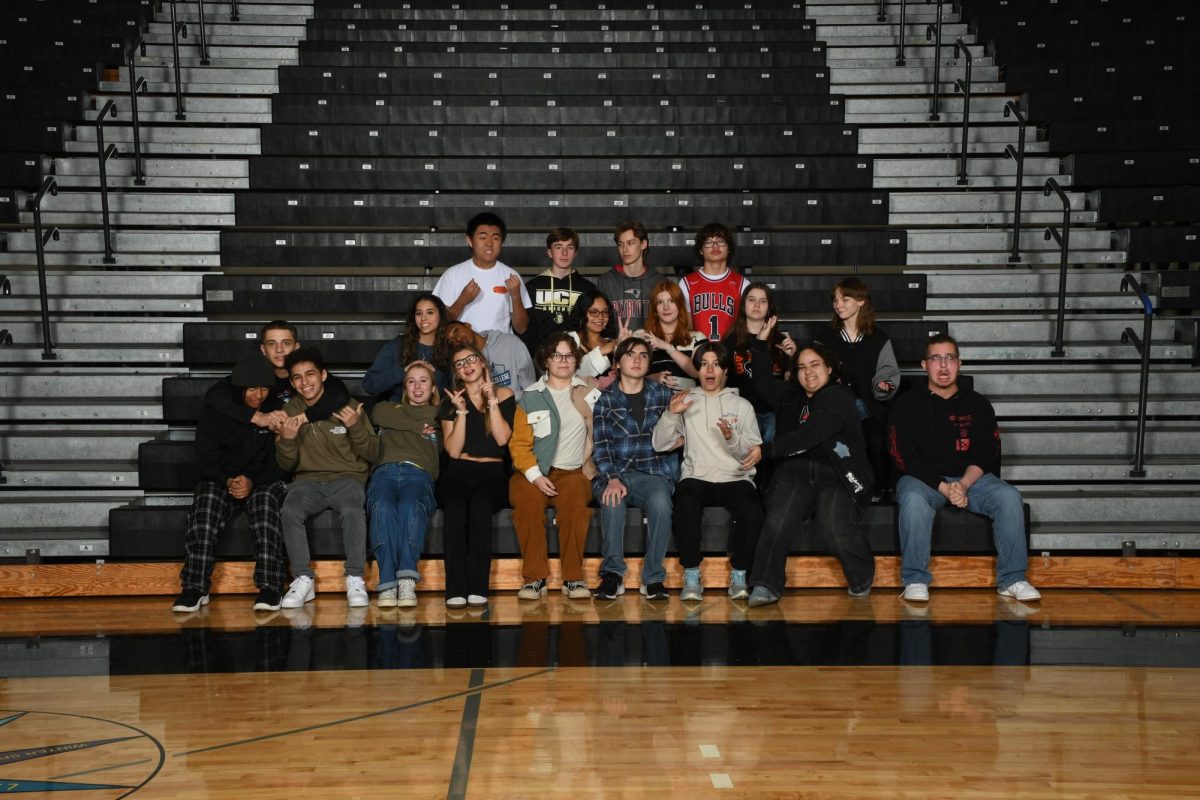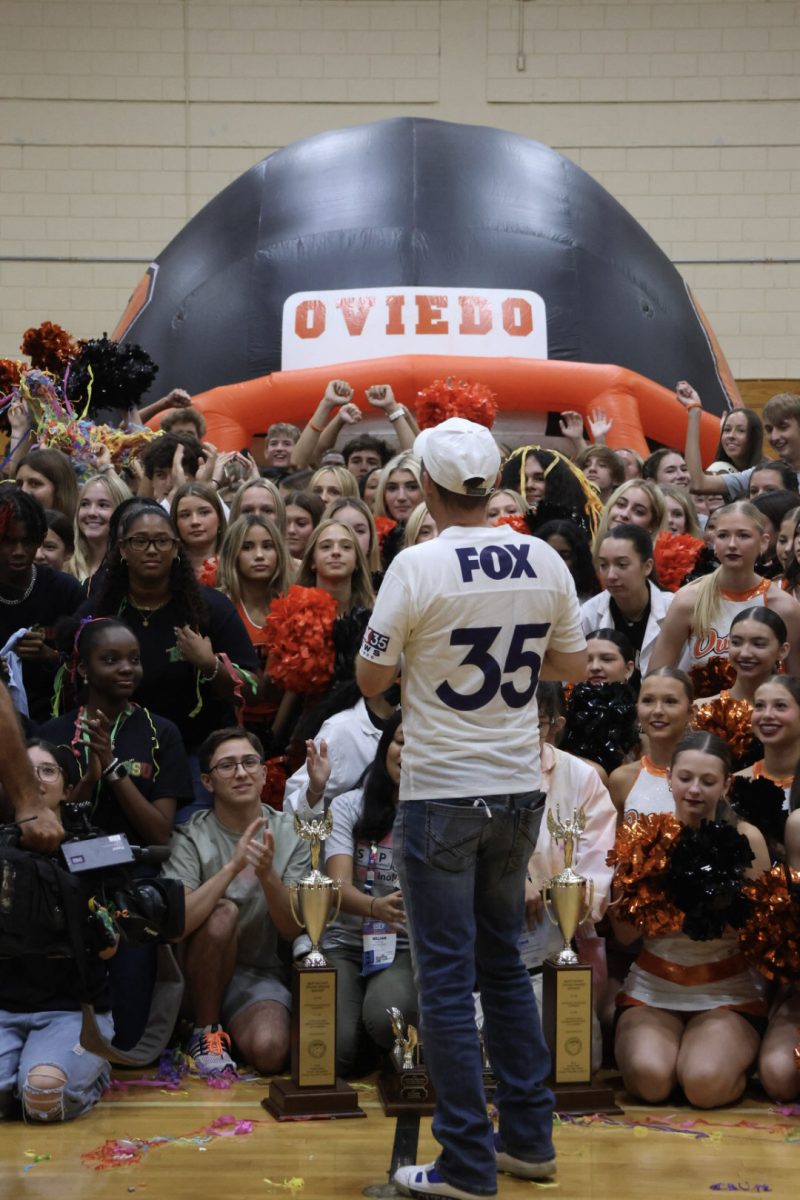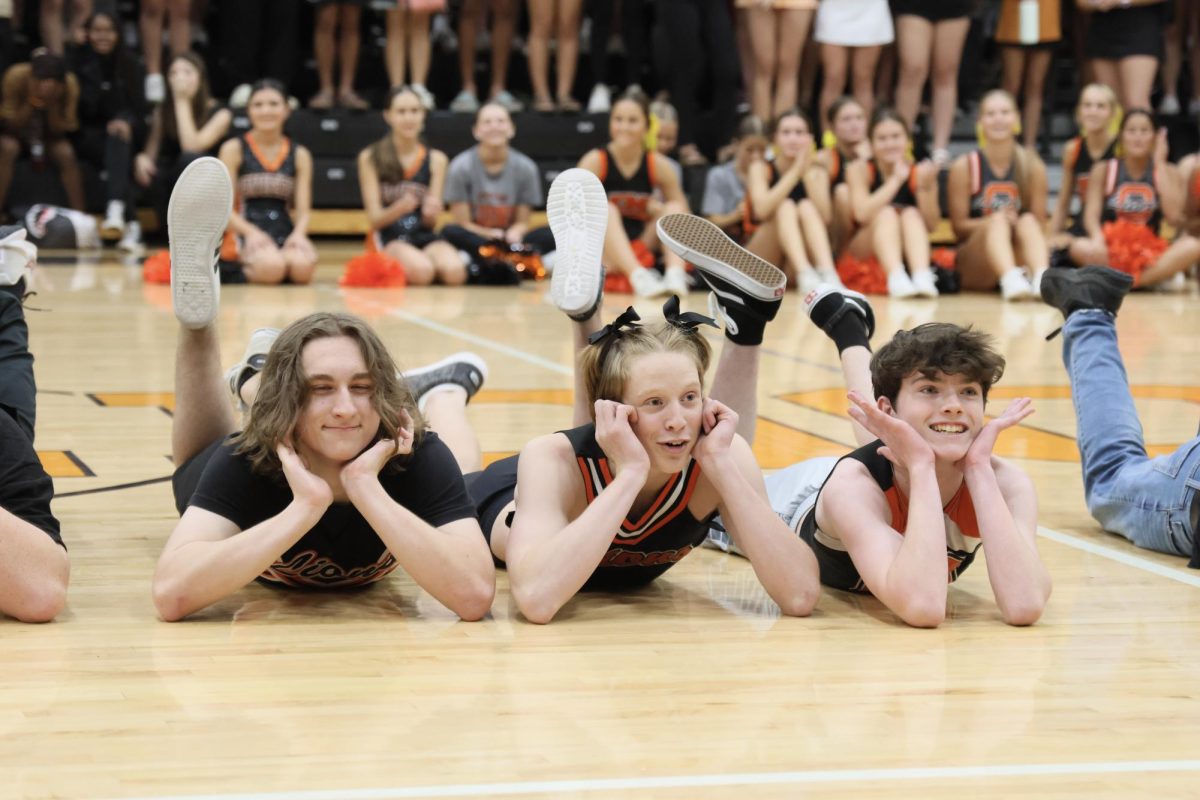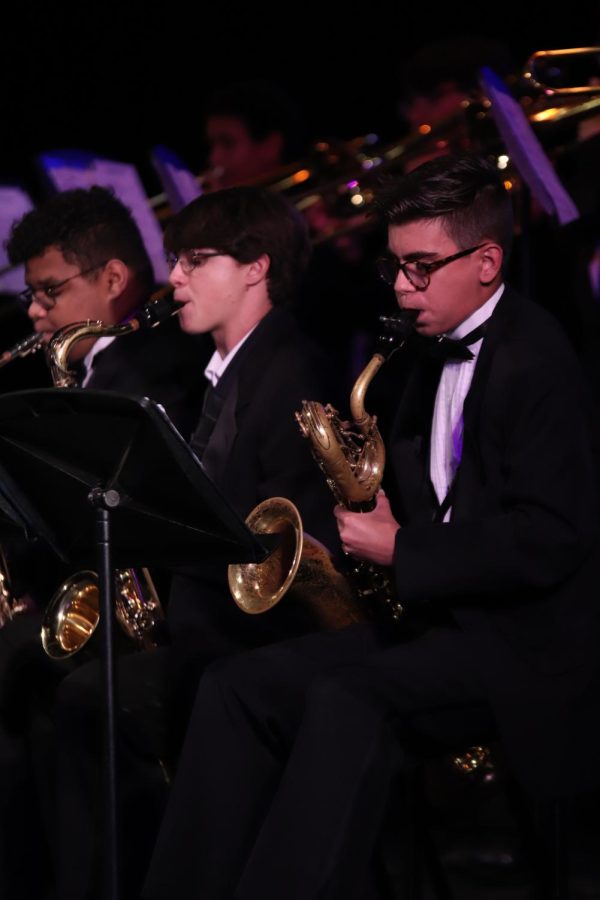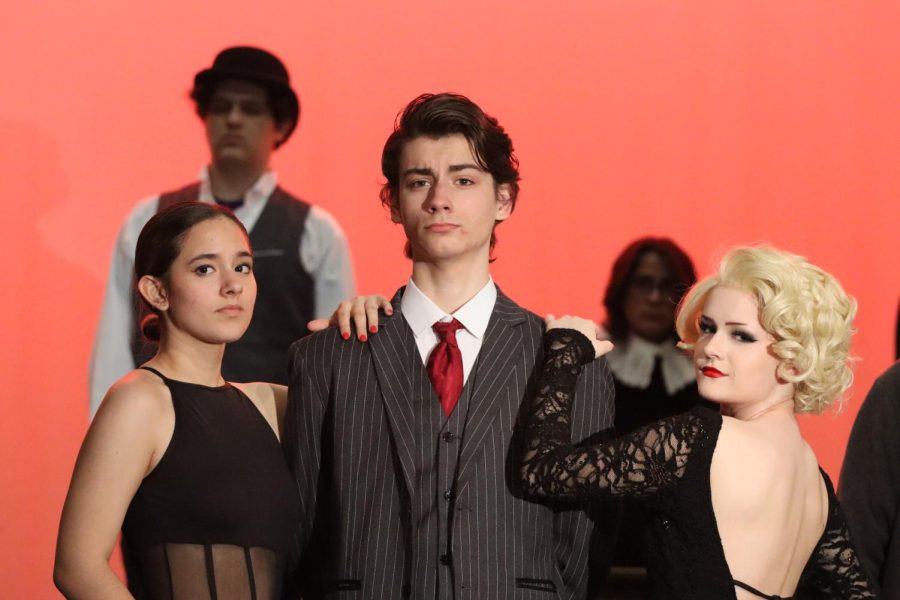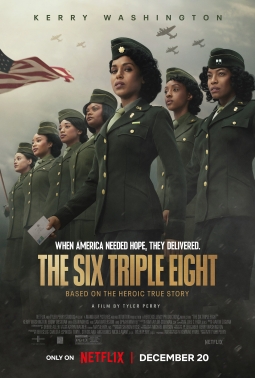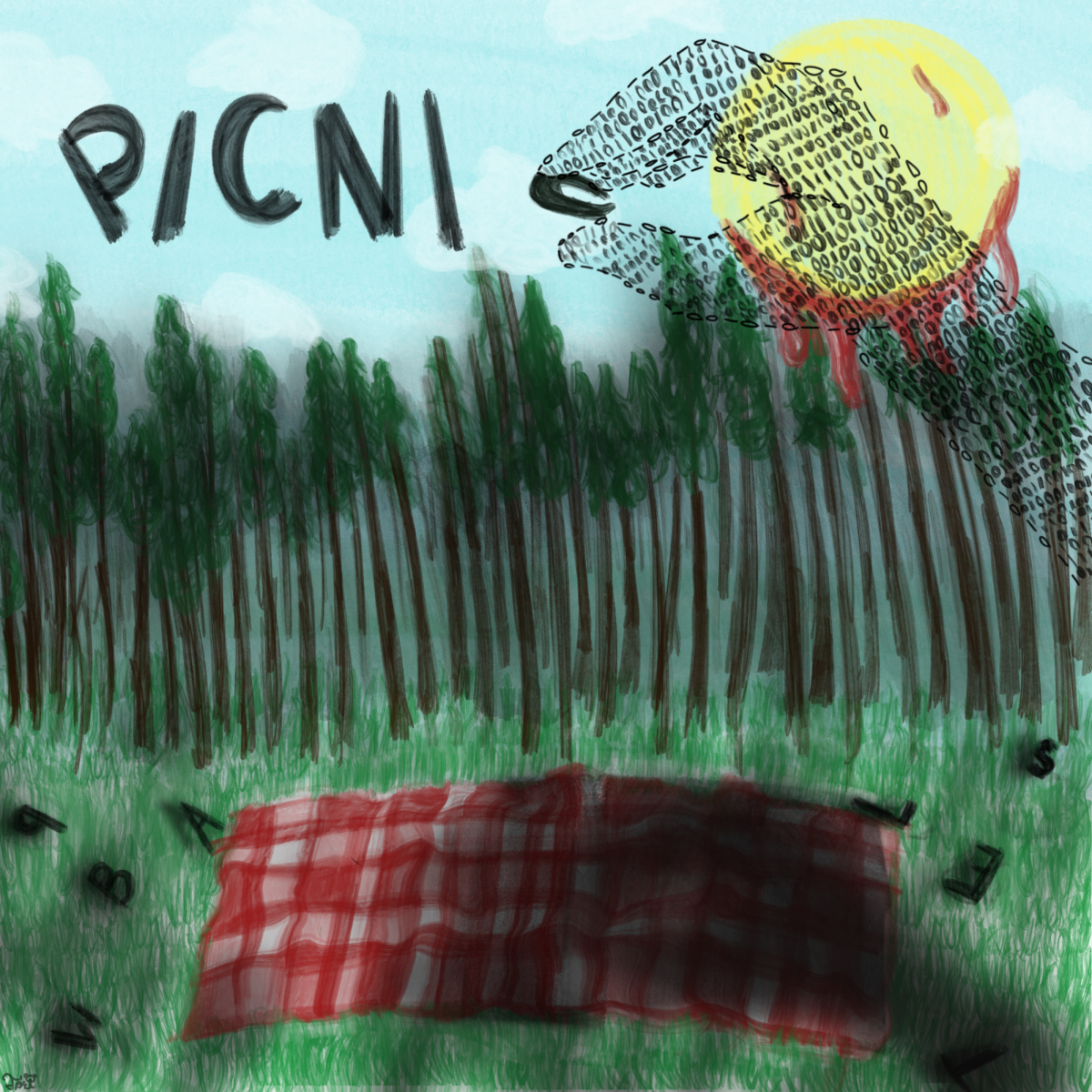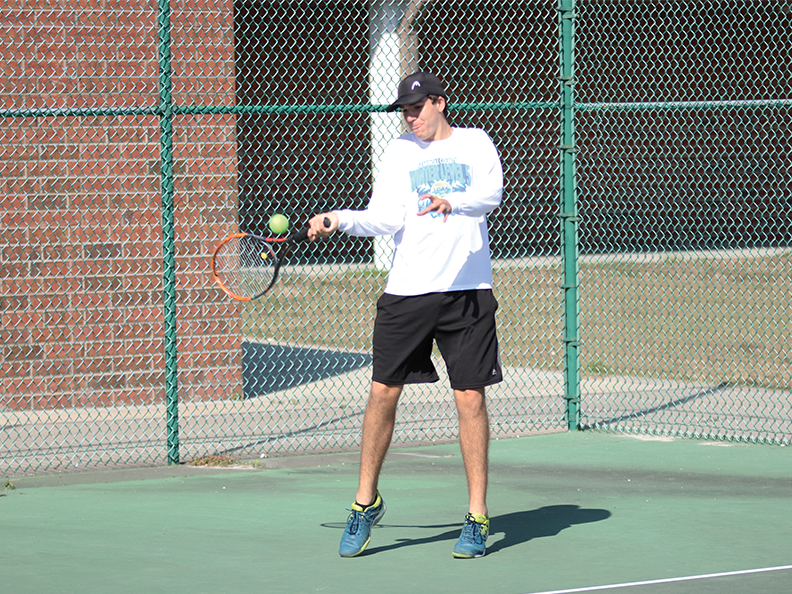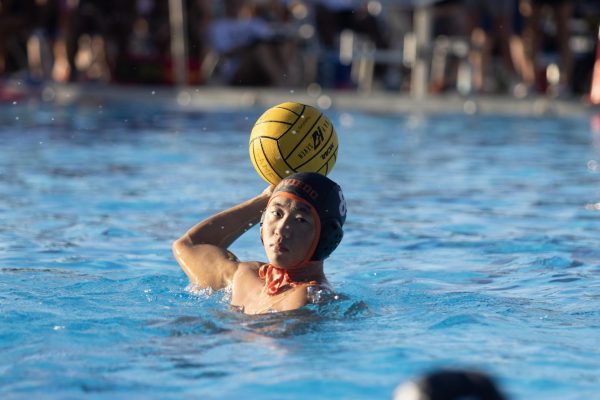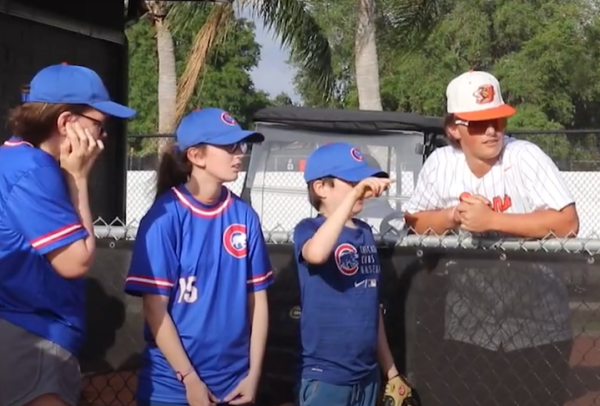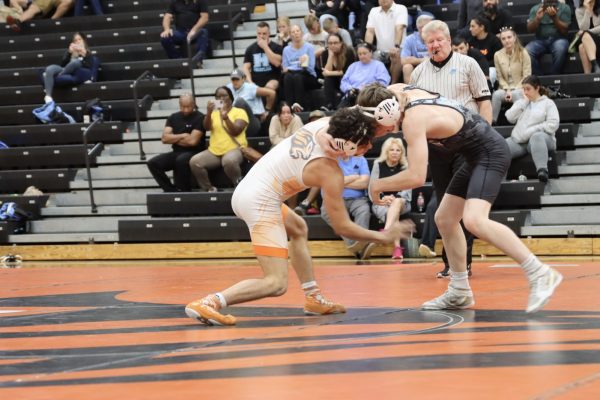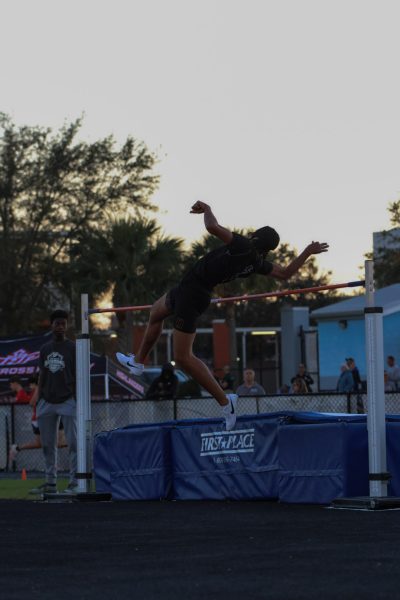Top tennis players lead despite changes
Top tennis players lead despite changes
Sophomore Mateo Gamero helps teammates make in-game adjustments.
This story was originally published in the fifth edition of The Lion’s Tale (March 27th, 2018).
When the tennis season started, sophomores Mateo Gamero and Jordan Kazaka were number one and two, respectively, on the boys’ team. This changed during the season, as senior Connor Stroyan overtook Kazaka for the number two spot.
Players on the boys’ and girls’ tennis teams can challenge each other’s rank once a week. Challenges usually occur when a reserve player feels his or her level of play has exceeded that of one of the starters, according to head coach WIlliam Furiosi. Stroyan challenged Kazaka for this reason.
“I thought I was good enough to beat him,” Stroyan said. “I played him and I won.”
Furiosi supports players who want to challenge a higher-ranked opponent, because he sees the necessity.
“Challenges benefit the teams by inducing line-up variation,” Furiosi said. “Challenge matches also do well at simulating true match pressure in practice.”
Challenges put players in a game type situation, testing their agility and endurance.
Practice to perfection
Furiosi makes sure his team is well-conditioned by requiring different stretches and footwork drills–like ladders and lunges–to stretch their muscles, get them prepared for longer matches and improve their stamina and agility.
“I am a big believer in conditioning, especially for tennis, because it’s a measurement of effort,” Furiosi said. “One of the things you have completely in your control during a match is your effort, and conditioning plays a big role in that.”
According to Furiosi, being tired and worn out at practice gives players the experience necessary to push through during the match. After they condition, players practice volleys and serves, then go over singles or doubles strategies.
Senior Rhianna Ventura, who is the number two player on the girls’ team, learns to play against different styles of opponents in her individual practices.
“My coach is able to adjust his level of play so I can get a better feel for different types of players that I would probably be facing in high school matches,” Ventura said. “I get more experience with different types of players than I would playing the same person at practice.”
Ventura’s coach is Alan Sylvia, who is also the individual coach for Gamero and Stroyan. Sylvia said that some opponents force a tennis player to play outside of their comfort zone, whether by hitting the ball a certain way or verbally messing with them, which can be frustrating mentally and emotionally.
“There are ways to deal with these situations,” Sylvia said. “Changing your playstyle in the middle of a match is not an easy thing to accomplish, but is a necessary component of a well-rounded, mentally savvy competitor.”
Singles vs. doubles
Gamero prefers playing singles matches rather than doubles.
“It’s more dependent on me, instead of relying on other people,” Gamero said. “If they mess up, you can’t really do anything about it.”
Preparing for single matches is different than preparing for a doubles match. Ventura and freshman Bailey Shams, who is the number one player on the girls’ team, both prefer to play doubles.
“You have the support of your teammate,” Ventura said. “Tennis is already an individual sport, so even though you have another person, it’s still an individual game. You have another person to cheer you on and congratulate you and tell you it’s going to be okay when you mess up.”
Both Ventura and Shams excel individually, and manage to continue that success when they play together.
“I think Rhianna and I get along really well on the court,” Shams said. “Our communication skills are really up to par with everything and contribute to all of our wins.”
Each of the top players on the boys’ and girls’ teams has their own individual strengths, which allow them to play well together in doubles matches. Ventura had an injury that allowed her to develop her particular strength.
“I broke my right hand a couple years ago,” Ventura said. “Backhand is both hands, so with the strength of my left hand follow through I was able to build up a better backhand.”
Focus on improvement
A negative side of that injury was that Ventura was unable to develop her forehand. Ventura said she has a tendency to bring her elbow in, so she doesn’t get as much time to follow through, which decreases the power of her forehand.
Kazaka is also looking to improve his play, in order to beat Stroyan and get the number two spot back. After his loss in the challenge, Kazaka planned to counter Stroyan’s challenge with a challenge of his own the next week.
“I need to fix old mistakes,” Kazaka said. “Forget what happened in the challenge last week, and get an easy win.”
It is unknown who will be the number one and two players on the boys’ team come playoff time. Whoever retains those positions will attempt to come out on top in the district.
“My goal is to win districts,” Gamero said. “Last year, I won districts as a number two. This year it’s going to be harder.”
Future preparations
With the number one girls’ player being a freshman (Shams), and the number one and former number two players on the boys’ team being sophomores (Gamero and Kazaka), there is much to look forward to for Oviedo’s tennis teams.
“I’m extremely excited about the future of Oviedo tennis, given the solid group of young players that we have this year,” Furiosi said. “A lot of programs have number ones or twos that stay in their position for merely a year or two, and it can be shocking for them during the first few times they experience the firepower top-ranked players have.
Furiosi expects the young players to work out the jitters early on.
“By the time they are juniors and seniors, they’ll have that early experience to fall back on,” Furiosi said.
Your donation will support the student journalists of Oviedo High School. Your contribution will allow us to purchase equipment and cover our annual website hosting and printing costs. Thank you!

![Prom king Colin Napier and queen Leah Hopkins dance the night away during the Golden Gala on April 26th. Prior to the prom, the Student Government must make many preparations over the course of months in order to ensure it goes off without a hitch. However, their work eventually pays off when it comes time for the dance. “We set up [the prom] the day before, and it’s horrible. We’re there for a very long time, and then we get our beauty sleep, and then we get ready for prom the next day,” Aubrie Sandifer said.](https://oviedojournalism.com/wp-content/uploads/2025/05/Oviedo-197-800x1200.jpg)
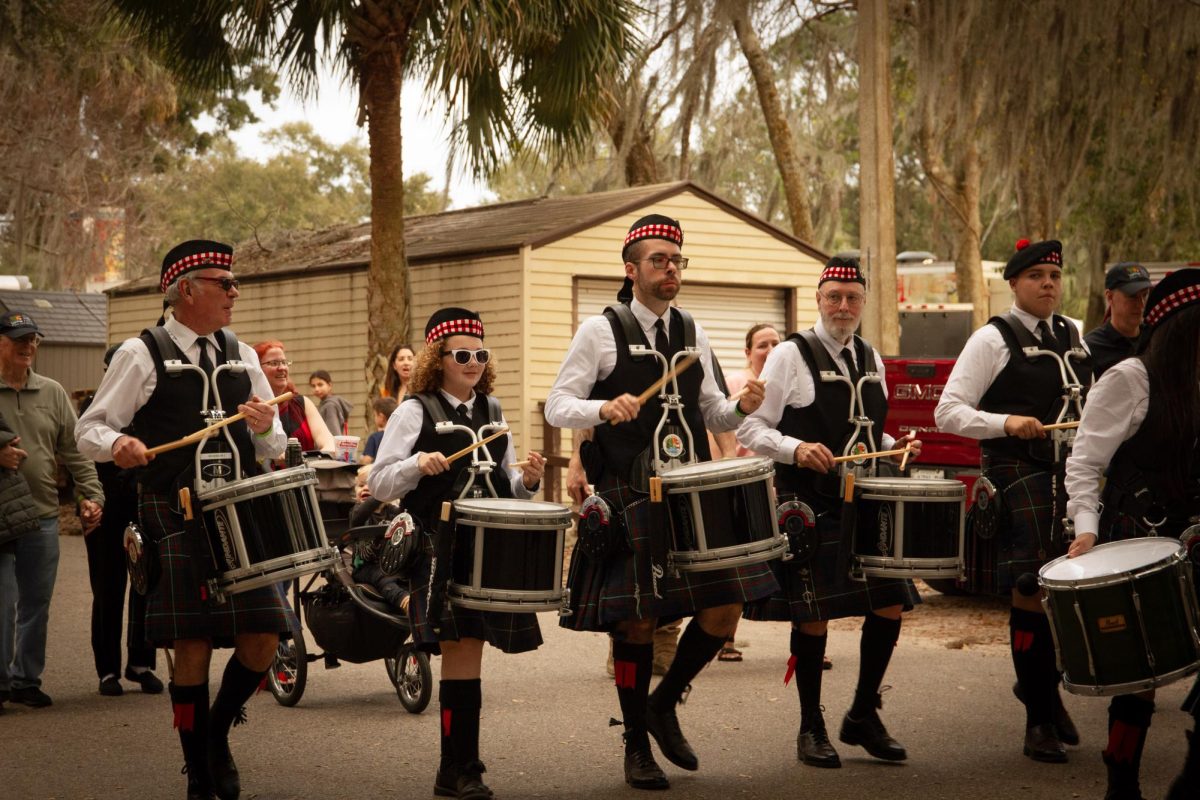
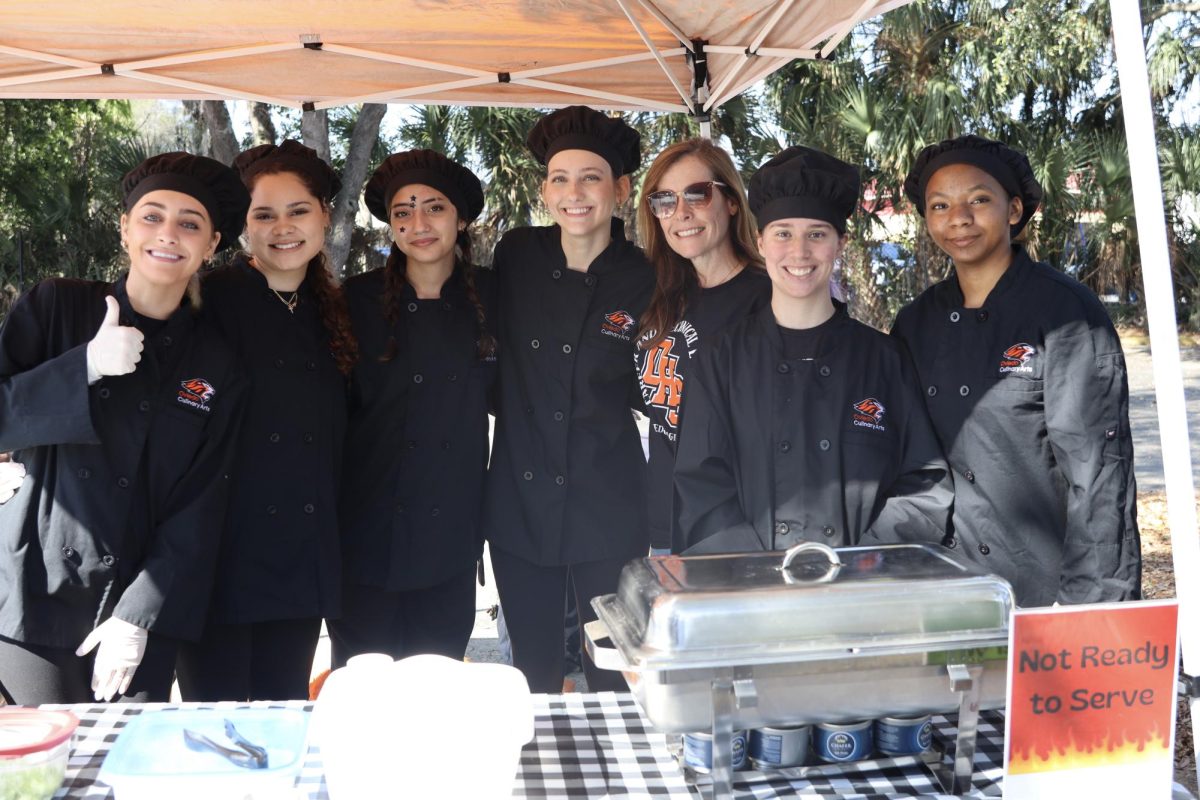
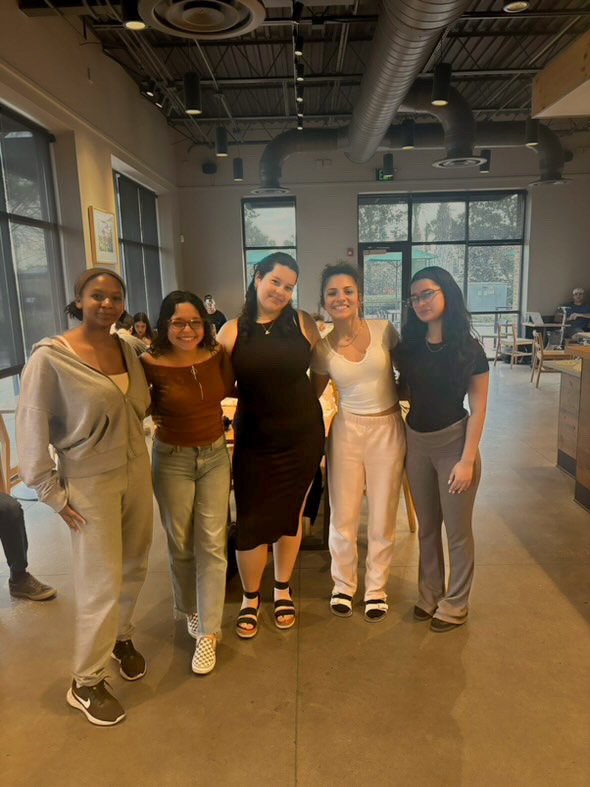

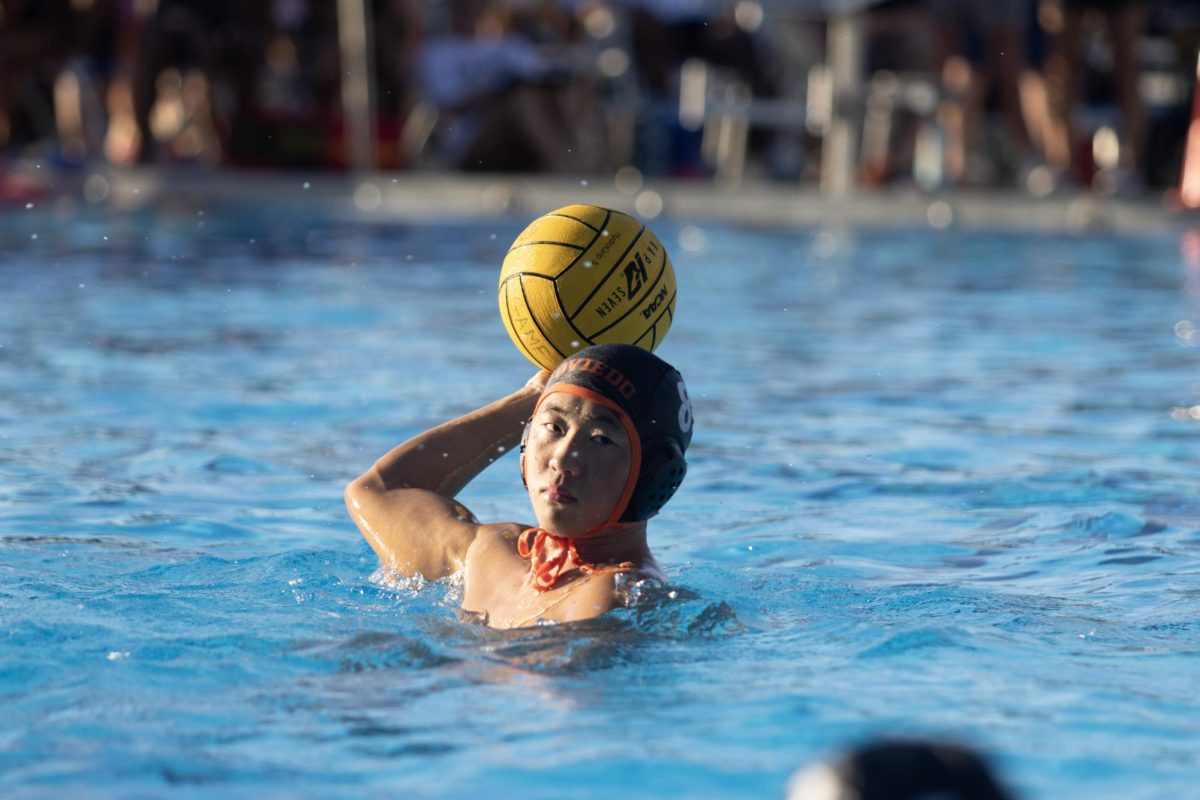

![Hopkins at Honor Grad with golf coach John McKernan. As Hopkins’ golf coach for the last two years he has seen Hopkins’ growth as a player and person along with their contributions to the team. “[Hopkins] has just been really helpful since I took [the golf team] over, just anything I wanted to do I ran by [Hopkins],” said McKernan.](https://oviedojournalism.com/wp-content/uploads/2025/05/B66A7760-800x1200.jpg)
